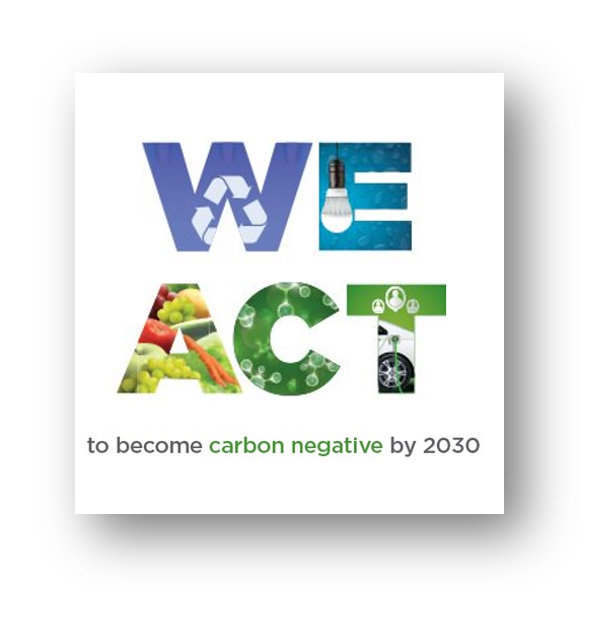
Providence has made a commitment to be carbon negative by 2030 because of its strong connection to our Mission and Values. The system-wide effort is known as WE ACT.
IS plays a significant role in the areas of waste, energy, chemicals and transportation. As part of the multi-disciplinary WE ACT team across Providence, IS has the goal of identifying connections with ongoing/planned work, assessing a baseline, quantifying impact, and finding additional opportunities to support our carbon negative progress. This work to support the WE ACT goals must also must align with our existing priorities, which, luckily, it does – from our reduction of our data center footprint as we focus on the cloud, to our support of a more virtual modern workplace of the future.
Here are initially-identified ways that IS TEO and Strategy & Centers of Excellence pillars have identified:
Cloud First IS priority area carbon reduction opportunities
- Server/Storage Retirement – Ability to reduce power use and lower our real estate footprint with fewer dedicated datacenters
Caregiver Experience and Modern Workplace/Workplace of the Future IS priority area carbon reduction opportunities
- Print optimization to reduce paper use
- Electronic waste (e-waste) reduction with our hardware reclamation and disposal program
- Modern Workplace virtual collaboration tools to help reduce travel and commuting needs
- More energy efficient devices and power management capabilities through our Windows 10 modernization program
- Improved environmental stewardship data and WE ACT scorecards through our support of system-wide data and BI
Vendor and procurement carbon reduction opportunities
- Source PC, server, network, and peripheral hardware from EPEAT Green Electronics Counsel member companies
- Partner with vendors that have a record and commitment to support sustainability
Progress as of March 2021: Setting goals and capturing gains

More info
Visit the Providence WE ACT environmental stewardship site
Read last month’s article about IS partner Dell planting trees to support carbon reduction
